Home>Renovation & DIY>Home Renovation Guides>How To Insulate A Sunroom
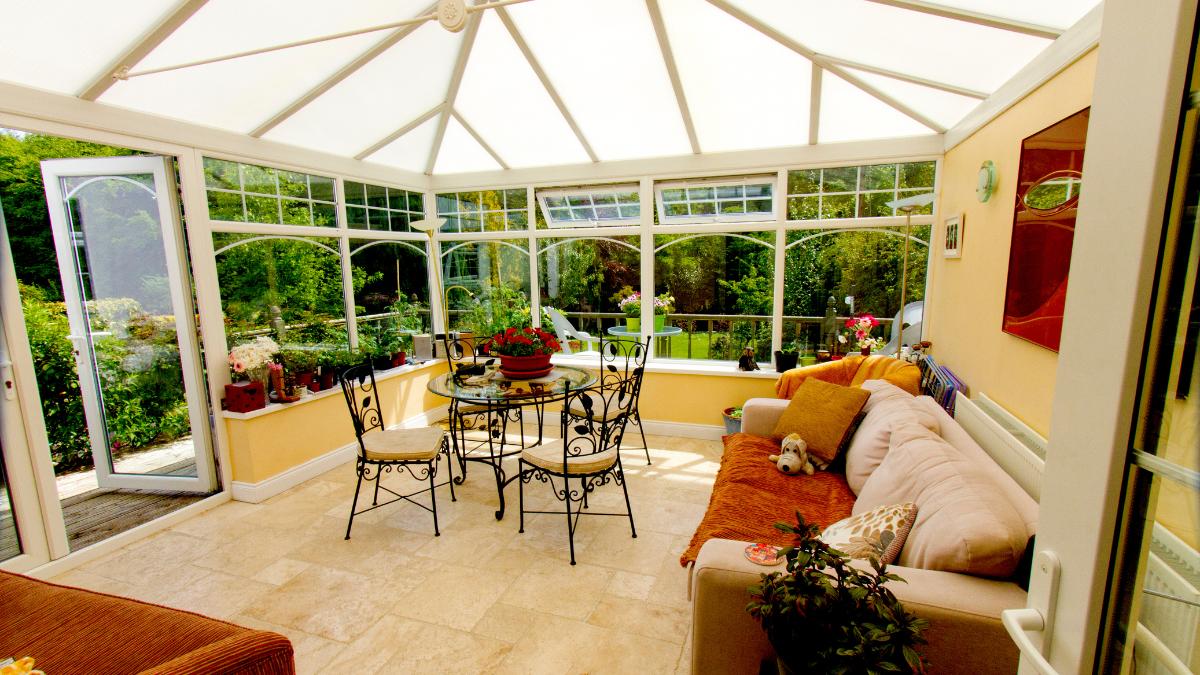

Home Renovation Guides
How To Insulate A Sunroom
Modified: February 18, 2024
Learn how to properly insulate your sunroom with our comprehensive home renovation guide. Find expert tips and advice for a cozy and energy-efficient space. Start your project today!
(Many of the links in this article redirect to a specific reviewed product. Your purchase of these products through affiliate links helps to generate commission for Storables.com, at no extra cost. Learn more)
Introduction
So, you've got a sunroom, a delightful space that allows you to bask in the warmth of the sun while being sheltered from the elements. However, during the colder months, this beautiful space might become less inviting due to the drop in temperature. Fear not! Insulating your sunroom can transform it into a cozy retreat all year round.
Insulation plays a crucial role in maintaining a comfortable temperature within any living space. By insulating your sunroom, you can keep the heat in during the winter and the heat out during the summer, ensuring a pleasant atmosphere regardless of the season. Additionally, proper insulation can help reduce energy costs by improving the sunroom's energy efficiency.
In this comprehensive guide, we'll delve into the essential steps for insulating your sunroom effectively. From assessing your sunroom's current condition to selecting the right insulation materials and executing the installation process, we've got you covered. By the end of this guide, you'll be well-equipped to tackle the insulation project with confidence, ensuring that your sunroom remains a welcoming haven throughout the year. So, let's embark on this journey to enhance the comfort and functionality of your sunroom through the power of insulation.
Key Takeaways:
- Transform your sunroom into a cozy retreat all year round by insulating it effectively. Keep the heat in during winter and the heat out during summer, reducing energy costs and creating a welcoming haven.
- Choose the right insulation materials and seal gaps to enhance your sunroom’s thermal performance. Consider additional tips like insulated window treatments and ceiling fans for optimal comfort and energy efficiency.
Read more: How To Insulate A Sunroom Floor
Assessing Your Sunroom
Before you begin the insulation process, it’s crucial to assess the current state of your sunroom. This step will help you identify any existing issues and determine the most effective insulation approach. Here’s how to go about it:
Evaluate the Existing Insulation (if any)
Start by examining if there’s any existing insulation in your sunroom. Older sunrooms may have inadequate or deteriorated insulation, while newer ones might have been built with better insulation. Understanding the current insulation status will guide your decision-making process.
Check for Air Leaks
Inspect the sunroom for any air leaks, which can significantly impact its energy efficiency. Common areas for air leaks include windows, doors, vents, and electrical outlets. A simple way to detect drafts is by holding a lit candle near potential leak points on a windy day. If the flame flickers, there’s a draft that needs to be addressed.
Assess the Sunroom’s Structure
Examine the construction of your sunroom, including the walls, ceiling, and flooring. Different types of sunrooms, such as those with glass walls or insulated panels, may require specific insulation approaches. Understanding the structural elements will help you determine the most suitable insulation materials and methods.
Read more: How To Build A Sunroom On A Patio
Consider the Sunroom’s Intended Use
Think about how you use your sunroom. Is it primarily a living space, a dining area, or a greenhouse? The sunroom’s function can influence the level of insulation needed. For instance, if you spend extended periods in the sunroom during winter, you’ll want higher insulation levels to maintain a comfortable temperature.
By thoroughly assessing your sunroom, you’ll gain valuable insights that will inform your insulation decisions. With a clear understanding of the existing insulation, air leakage points, structural components, and intended use, you’ll be well-prepared to move on to the next crucial step: choosing the right insulation materials.
Choosing the Right Insulation
When it comes to insulating your sunroom, selecting the appropriate insulation materials is paramount to achieving optimal thermal comfort and energy efficiency. The following factors should be considered when choosing the right insulation for your sunroom:
R-Value
The R-value measures the insulation’s thermal resistance, indicating its effectiveness in preventing heat transfer. For sunrooms, especially those with extensive glass surfaces, it’s advisable to opt for insulation with a higher R-value to counteract heat loss during colder seasons and heat gain in the summer.
Insulation Types
Various insulation materials are available, each with its unique properties and applications. Fiberglass batts, spray foam, rigid foam boards, and reflective insulation are common options. Consider the specific requirements of your sunroom, such as the presence of moisture or the need for soundproofing, when choosing the most suitable insulation type.
Read more: How To Turn A Patio Into A Sunroom
Moisture Resistance
Given the exposure to natural elements and potential temperature variations, it’s essential to select insulation that offers good moisture resistance. This is particularly important for sunrooms with glass walls or those located in humid climates, as moisture can compromise the insulation’s effectiveness and lead to mold or mildew issues.
Aesthetic Considerations
If maintaining the visual appeal of your sunroom is a priority, consider how the chosen insulation material will integrate with the existing decor. For example, if you have a preference for exposed wooden beams or a particular wall finish, select an insulation type that complements the aesthetic while providing the necessary thermal performance.
Eco-Friendly Options
For environmentally conscious homeowners, there are eco-friendly insulation materials available, such as recycled denim, wool, or cellulose. These sustainable options offer effective insulation properties while minimizing environmental impact, making them a compelling choice for eco-minded individuals.
By carefully evaluating these factors and consulting with insulation professionals if needed, you can make an informed decision regarding the most suitable insulation for your sunroom. Once you’ve chosen the right insulation materials, you’ll be ready to embark on the next phase: the installation process.
Installing Insulation
Now that you’ve selected the appropriate insulation materials for your sunroom, it’s time to proceed with the installation process. Proper installation is crucial for ensuring the insulation’s effectiveness and maximizing energy efficiency. Here’s a step-by-step guide to installing insulation in your sunroom:
Read more: How To Seal A Sunroom
Prepare the Sunroom
Clear the sunroom of any furniture, decor, or obstructions that may impede the installation process. Ensure that the space is clean and free of debris to facilitate smooth and efficient insulation installation.
Measure and Cut Insulation
Take precise measurements of the areas where insulation will be installed, such as walls, ceilings, and floors. Use these measurements to cut the insulation materials to the appropriate sizes, ensuring a snug fit within the designated spaces.
Install Insulation in Walls
If your sunroom has traditional framed walls, insert the insulation material between the studs, ensuring a proper fit and minimal compression. For sunrooms with glass walls, apply the selected insulation type according to the manufacturer’s guidelines, taking care to cover the entire surface area effectively.
Insulate the Ceiling and Flooring
For the ceiling, carefully position the insulation material in the designated areas, ensuring comprehensive coverage and minimal gaps. Similarly, insulate the flooring if it’s above an unconditioned space, such as a garage or crawl space, to prevent heat loss through the floor.
Read more: How To Build A Sunroom
Consider Vapor Barriers
In areas with high humidity or moisture potential, consider incorporating vapor barriers in conjunction with insulation to mitigate moisture-related issues. Vapor barriers help prevent condensation and moisture buildup within the insulated spaces, contributing to the longevity of the insulation.
Seek Professional Assistance if Needed
If the installation process seems daunting or if you encounter structural complexities, consider seeking assistance from insulation professionals. Their expertise can ensure that the insulation is installed correctly and optimally, addressing any specific challenges unique to your sunroom.
By following these steps and paying attention to detail during the installation process, you can effectively insulate your sunroom, enhancing its thermal performance and creating a more comfortable living space. With the insulation in place, the next crucial step is to seal any gaps and cracks to further optimize energy efficiency.
Sealing Gaps and Cracks
Once the insulation is installed in your sunroom, it’s essential to address any remaining gaps and cracks to prevent air leakage and ensure maximum energy efficiency. Sealing these openings will help maintain a consistent indoor temperature while keeping external elements at bay. Here’s how to effectively seal gaps and cracks in your sunroom:
Inspect Window and Door Frames
Begin by thoroughly examining the window and door frames for any gaps or spaces where air could infiltrate. Check the seals and weather-stripping to ensure they are intact and provide a tight seal. Replace any worn-out weather-stripping to eliminate potential drafts.
Read more: How To Turn A Deck Into A Sunroom
Apply Caulk or Sealant
Use a high-quality caulk or sealant to fill in gaps around window and door frames, as well as any visible cracks in the walls or ceilings. Pay special attention to areas where different building materials meet, as these junctions are common sites for air leaks. Caulk provides a durable seal and helps prevent air infiltration.
Address Electrical Outlets and Switches
Inspect electrical outlets, switches, and wiring penetrations in the sunroom. Install foam gaskets behind outlet and switch plates to create a tight seal and reduce air leakage. Additionally, consider using fire-resistant caulking to seal any gaps around electrical penetrations in the walls.
Seal Ductwork and Vents
If your sunroom has HVAC ducts or vents, ensure that they are properly sealed to prevent air loss. Use foil tape or mastic sealant to secure any loose connections or gaps in the ductwork. Properly sealed ducts contribute to improved energy efficiency and indoor air quality.
Consider Weather-stripping for Moving Parts
For operable windows and doors, install or replace weather-stripping to create a tight seal when closed. Weather-stripping helps prevent air leakage around movable components, contributing to enhanced thermal performance and comfort within the sunroom.
Read more: How To Turn Porch Into A Sunroom
Conduct a Thorough Inspection
Once you’ve addressed the primary areas of concern, conduct a comprehensive inspection of the sunroom to identify any additional gaps or cracks that require sealing. Take a meticulous approach to ensure that all potential air leakage points are effectively sealed.
By diligently sealing gaps and cracks in your sunroom, you can significantly enhance its energy efficiency and comfort levels. This final step in the insulation process will contribute to creating a well-insulated and inviting space that can be enjoyed throughout the year.
Additional Tips for Insulating Your Sunroom
As you strive to optimize the insulation of your sunroom, considering additional tips and strategies can further enhance its thermal performance and overall comfort. These supplementary measures can address specific challenges and contribute to a more effective insulation solution. Here are some valuable tips for insulating your sunroom:
Utilize Insulated Window Treatments
Enhance the insulation of your sunroom by incorporating insulated window treatments, such as thermal curtains or cellular shades. These specialized coverings provide an additional barrier against heat loss in winter and heat gain in summer, complementing the insulation within the walls and windows.
Install Ceiling Fans
Ceiling fans can be a valuable addition to your sunroom, promoting air circulation and temperature regulation. In colder months, set the fans to operate in reverse to gently push warm air downward, effectively distributing heat throughout the space. This can reduce the strain on your heating system and contribute to a more consistent temperature.
Read more: What Is A Sunroom Used For
Consider Area Rugs or Carpeting
If your sunroom features a hard flooring surface, such as tile or hardwood, incorporating area rugs or carpeting can contribute to better insulation and underfoot comfort. These floor coverings provide an additional layer of insulation, particularly over unheated spaces, helping to retain warmth within the sunroom.
Opt for Energy-Efficient Lighting
Choose energy-efficient lighting options, such as LED bulbs, to minimize heat generation and reduce the impact on the sunroom’s temperature. LED lighting produces minimal heat compared to traditional incandescent bulbs, contributing to a more stable indoor climate and lower energy consumption.
Maximize Solar Heat Gain
During daylight hours, take advantage of solar heat gain by keeping the sunroom’s windows unobstructed. This allows natural sunlight to warm the space, reducing the reliance on artificial heating sources and contributing to passive solar heating benefits.
Regular Maintenance and Inspection
Establish a routine for inspecting the insulation, seals, and overall condition of your sunroom. Regular maintenance and timely repairs can help preserve the integrity of the insulation and address any emerging issues before they impact the sunroom’s thermal performance.
By implementing these additional tips and strategies, you can further enhance the insulation and comfort of your sunroom, creating a space that remains inviting and energy-efficient throughout the year. These measures, combined with the primary insulation and sealing efforts, contribute to a comprehensive approach to sunroom insulation.
Read more: How To Cover Sunroom Windows
Conclusion
Congratulations on embarking on the journey to insulate your sunroom and transform it into a comfortable, energy-efficient retreat. By following the comprehensive steps outlined in this guide, you’ve gained valuable insights into the essential aspects of sunroom insulation, from assessing the existing conditions to selecting the right materials and executing the installation process. Through diligent attention to detail and a focus on enhancing thermal performance, you’ve taken significant strides toward creating a more inviting and functional sunroom space.
Effective sunroom insulation offers a multitude of benefits, including improved energy efficiency, enhanced comfort, and the creation of a versatile living area that can be enjoyed year-round. By maintaining a consistent indoor temperature and minimizing heat loss, you’ve not only optimized the functionality of your sunroom but also potentially reduced energy costs and environmental impact.
Remember that the insulation process is a dynamic endeavor, and ongoing maintenance and inspection are key to preserving the integrity of the insulation and addressing any emerging issues. By implementing additional tips, such as utilizing insulated window treatments, installing ceiling fans, and maximizing solar heat gain, you can further elevate the comfort and efficiency of your sunroom.
As you revel in the transformed ambiance of your insulated sunroom, take pride in the proactive steps you’ve taken to create a space that seamlessly integrates with your lifestyle and provides a tranquil sanctuary regardless of the external climate. Whether you’re unwinding with a book, hosting gatherings, or simply basking in the natural light, your well-insulated sunroom is poised to offer an unparalleled experience.
By recognizing the importance of insulation and actively enhancing the thermal performance of your sunroom, you’ve unlocked its full potential as a cherished retreat within your home. Embrace the comfort, energy efficiency, and versatility that effective insulation brings, and revel in the year-round allure of your revitalized sunroom.
Here’s to the warmth of the sun, the comfort of a well-insulated space, and the joy of creating lasting memories in your revitalized sunroom.
Frequently Asked Questions about How To Insulate A Sunroom
Was this page helpful?
At Storables.com, we guarantee accurate and reliable information. Our content, validated by Expert Board Contributors, is crafted following stringent Editorial Policies. We're committed to providing you with well-researched, expert-backed insights for all your informational needs.
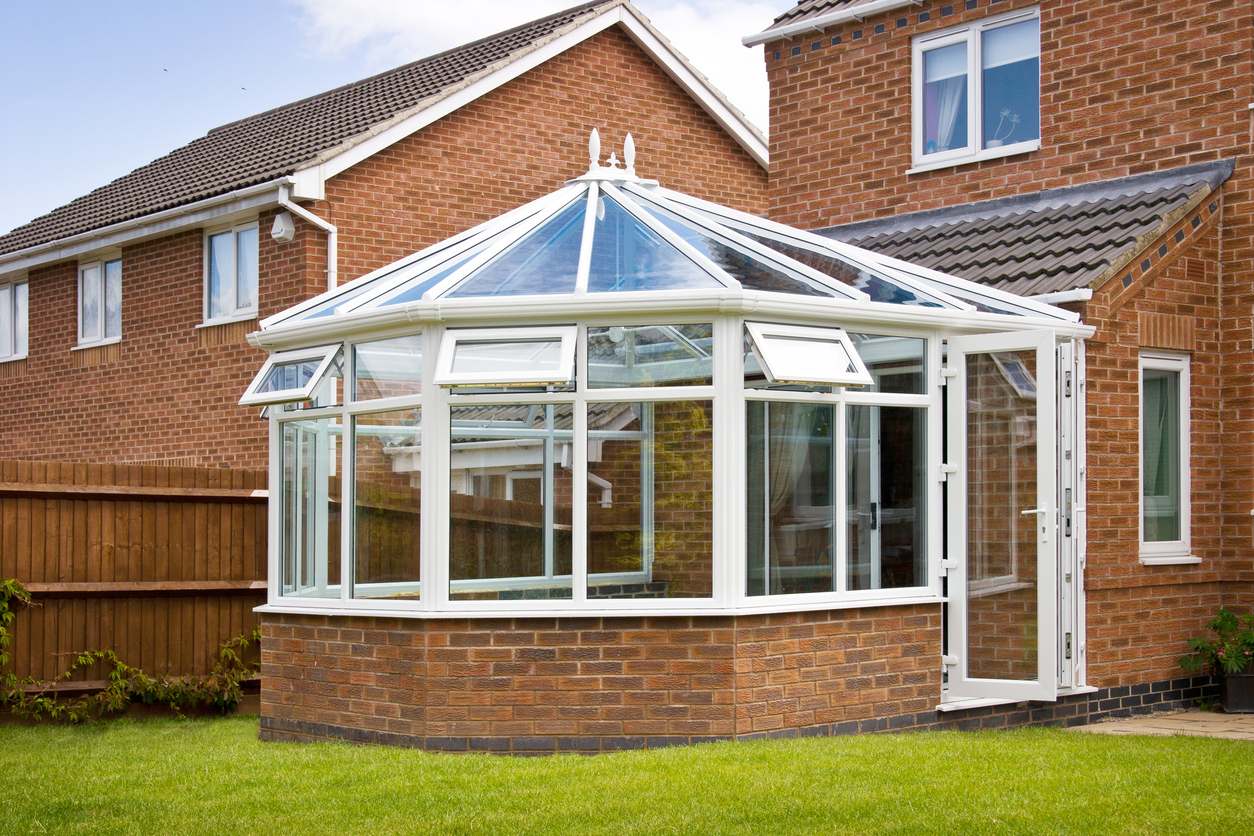
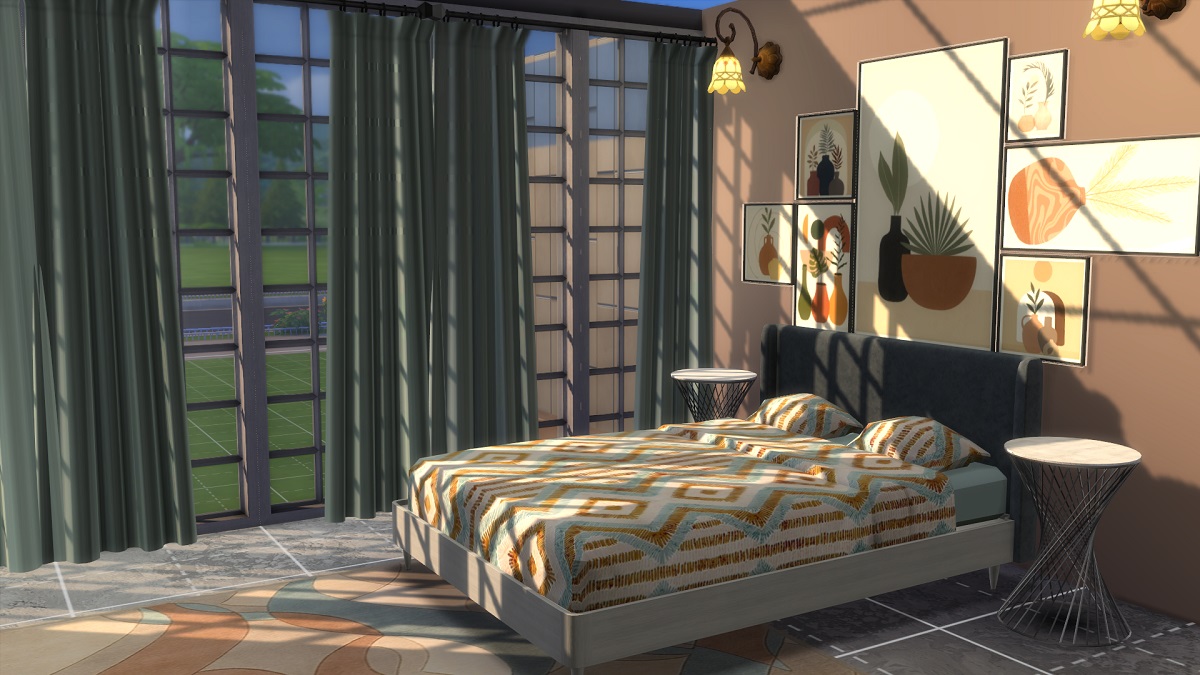
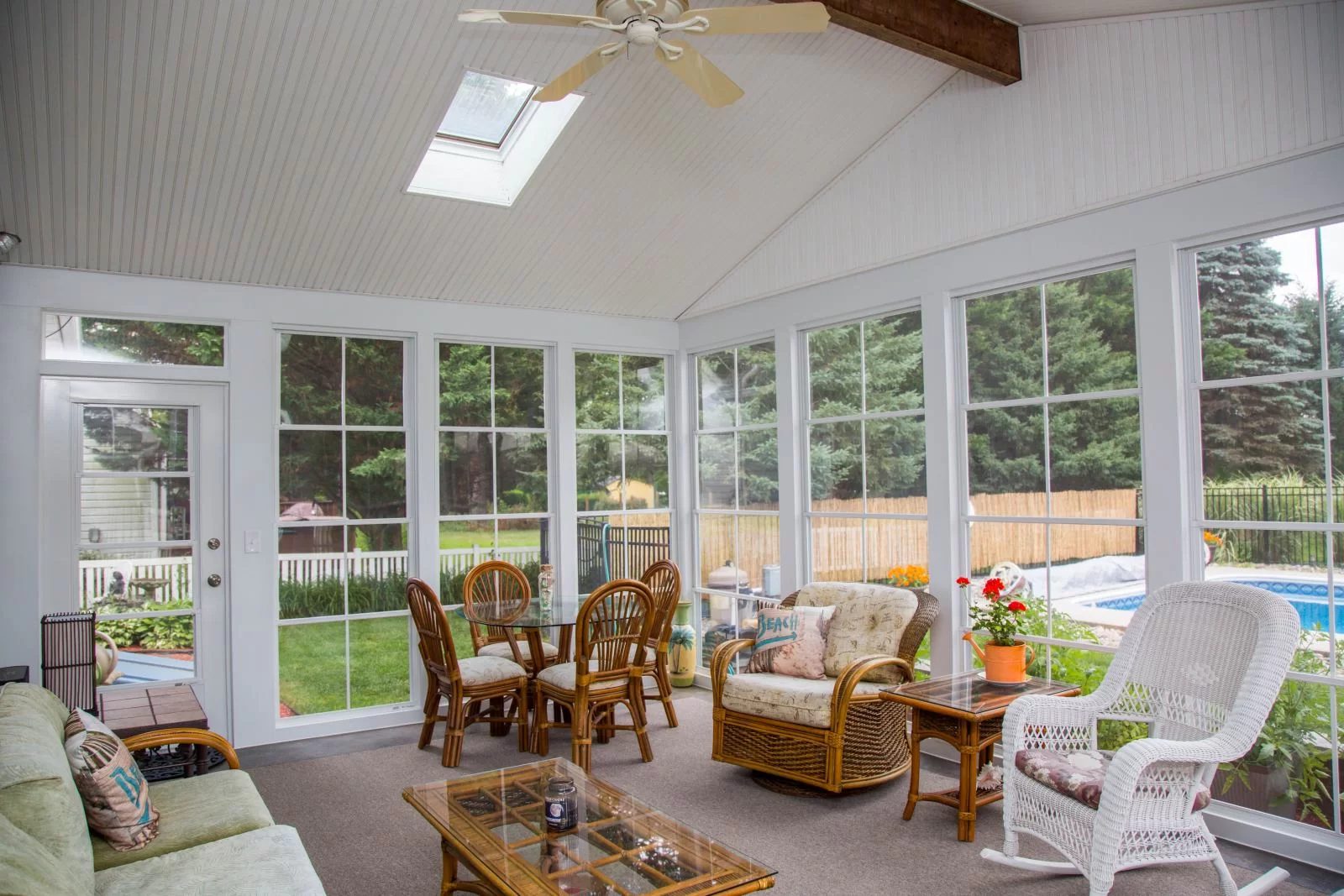
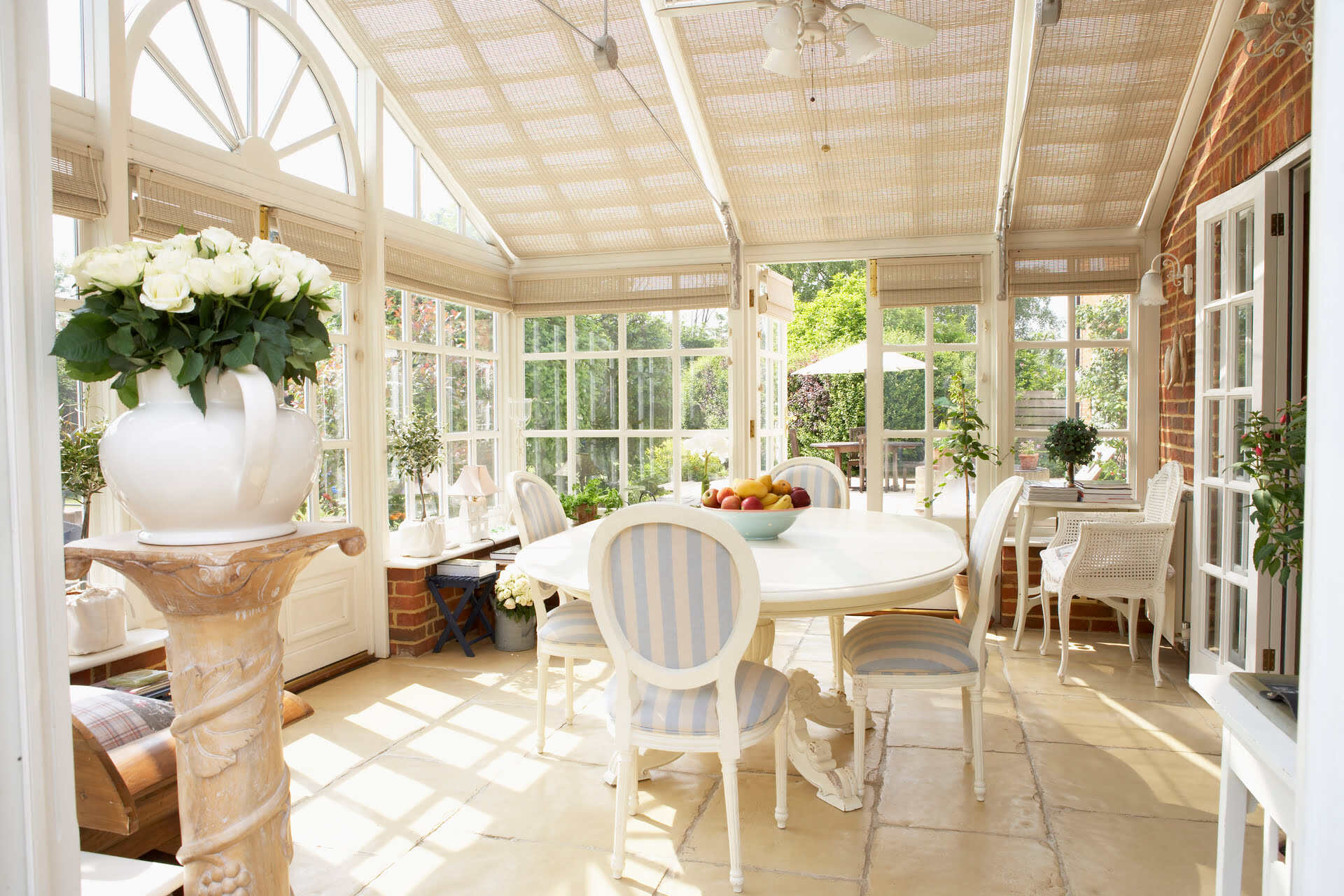

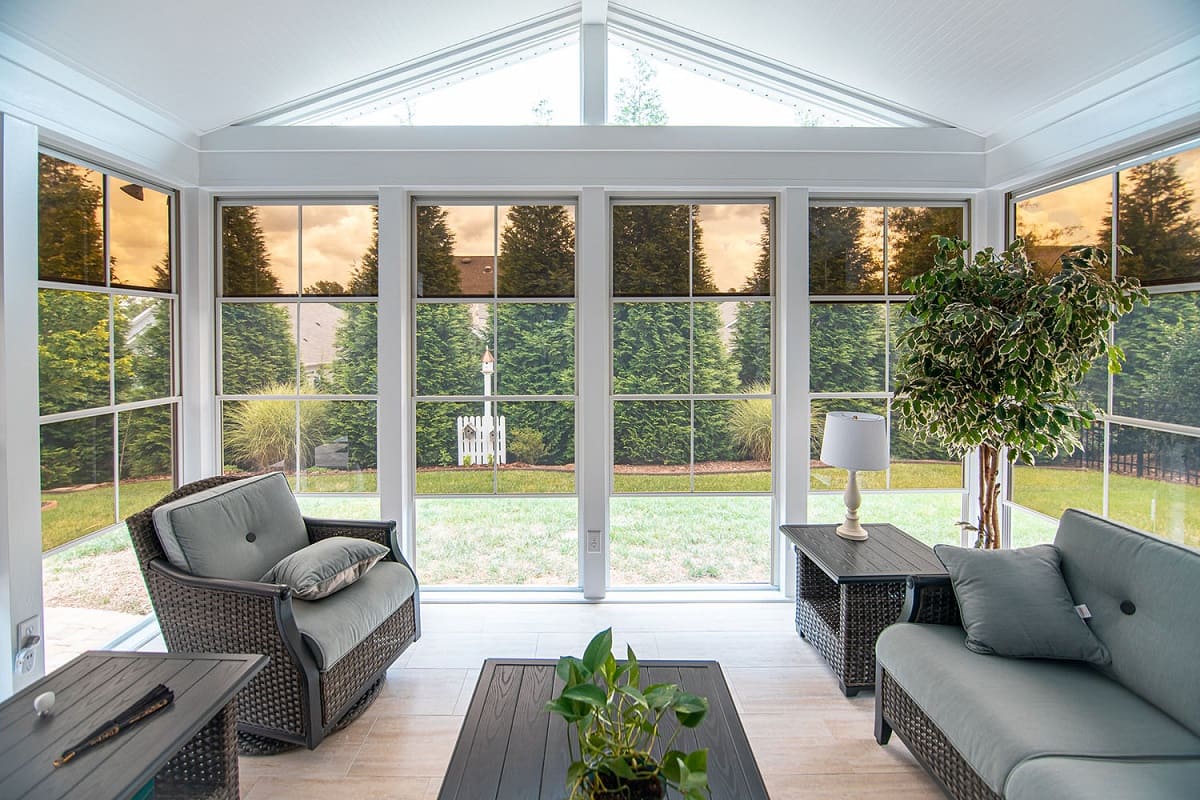
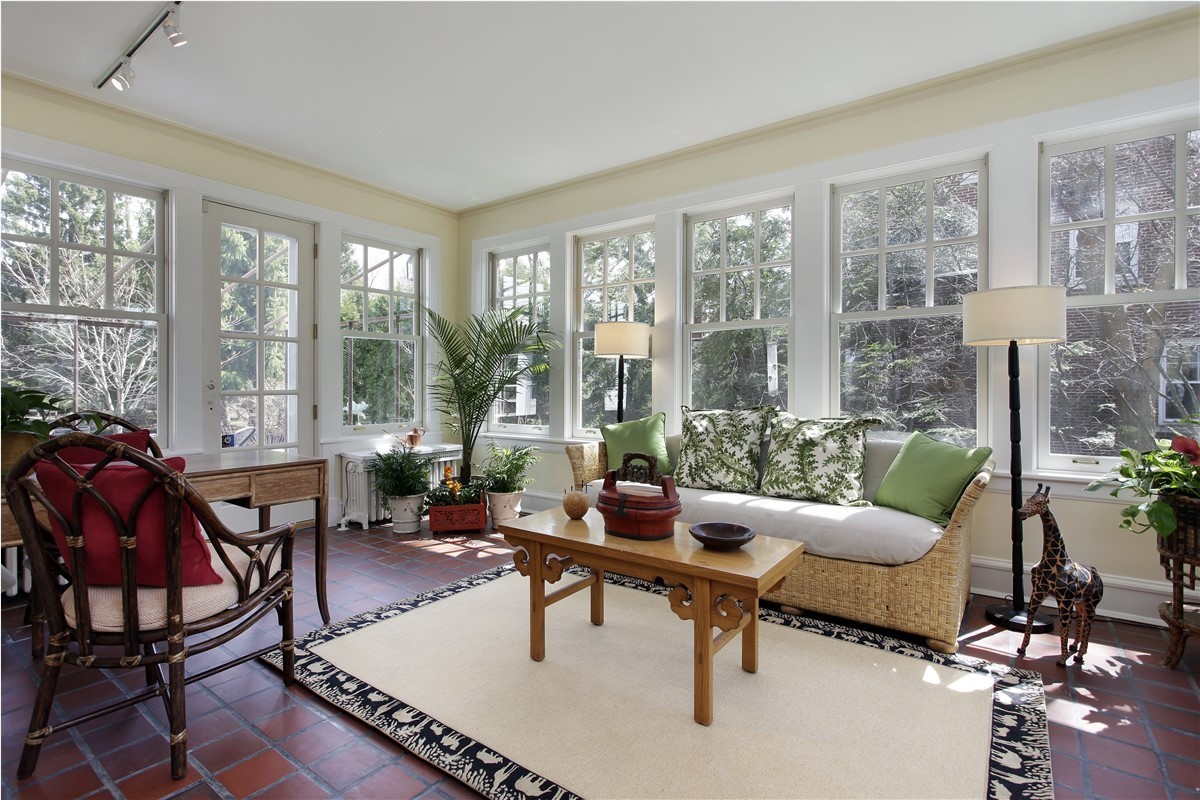

0 thoughts on “How To Insulate A Sunroom”